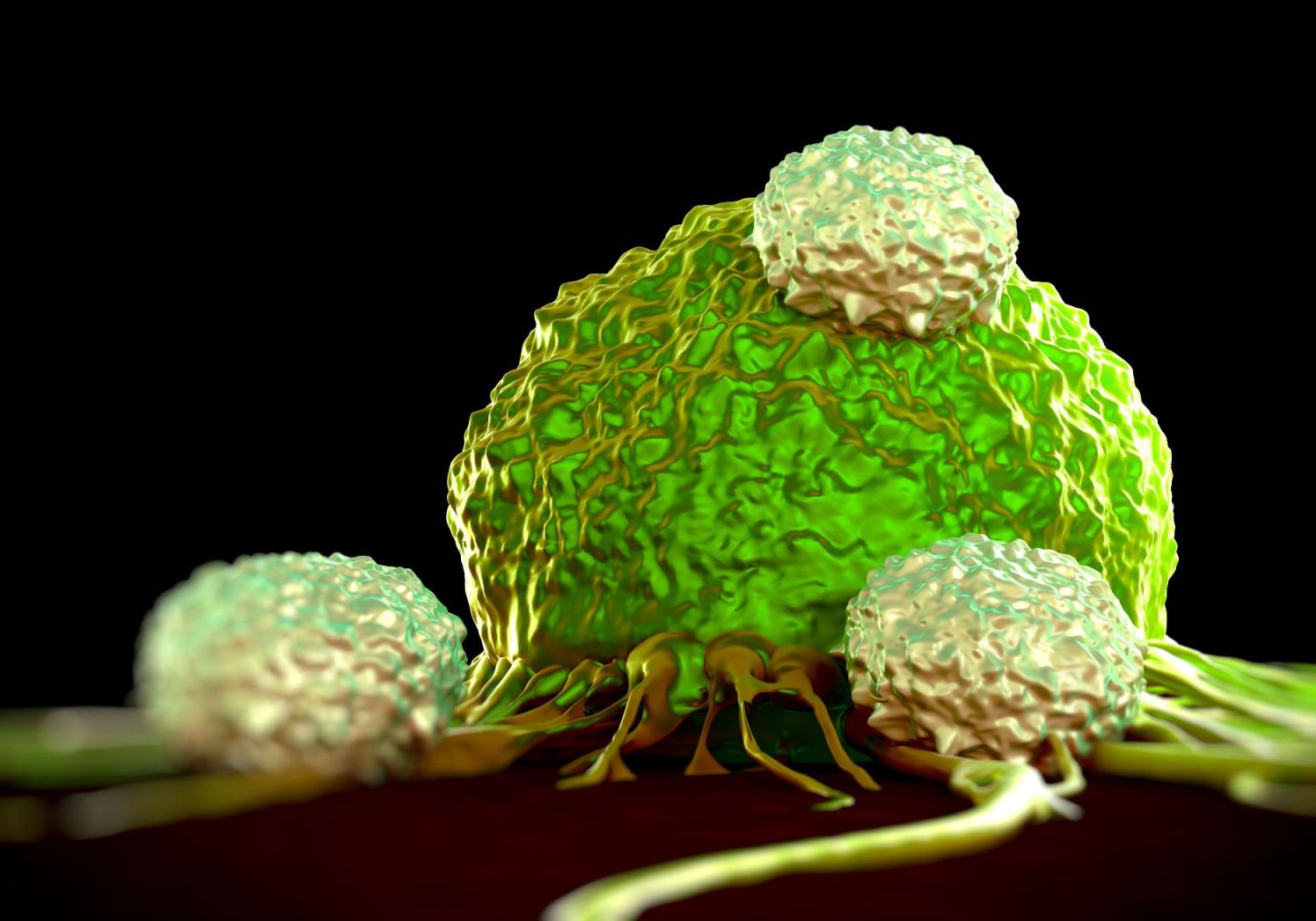Refining the purification process of therapeutic cells could improve their use for treating cancer and other diseases.

Credit : royaltystockphoto / 123rf
Various cell therapies involve injecting a specific cell type into a patient. These include, for example, bone marrow transplants and some types of immunotherapy that use T-cells (a white blood cell involved in immunity) to help fight cancer.
Before cells are transplanted, they need to be purified to reduce the inclusion of unwanted cell types with the therapeutic cells that clinicians and researchers want to use. This process can be inefficient and limited—where all other cell types are not removed—or can damage the cells needed for a transplant, rendering them useless.
Many current purification techniques use antibodies that bind to cell surface receptors. Because receptors can be common in many cell types, they don’t necessarily select and isolate only the chosen cells, but leave other unwanted cell types in the final treatment.
Hirohide Saito and colleagues at the Center for iPS [induced pluripotent stem] Cell Research and Application at Kyoto University are investigating methods that target signatures within cells rather than on the surface. Their tools look for very specific microRNAs (miRNAs)—small molecules that are found in plants and animals—which they believe will prove more selective and damage fewer cells.
miRNAs are active in gene expression and silencing; in other words, they can switch genes on and off.
The team has designed a synthetic tool they call the miRNA switch, which can find these small molecules within the cell. This tool has successfully purified several cell types, so the researchers are able to produce samples of solely heart muscle cells, liver cells, cells that line blood vessels or cells that produce insulin. The percentage of purified cells is far higher than that using standard antibody purification because the markers the tool looks for are more specific than the commonly used antibodies and cell surface receptors. The cells are also less likely to be damaged compared with antibody-based techniques, because they do not need to be handled as much.
This work has been published in the journals Cell Stem Cell and Scientific Reports. The researchers hope to refine the technique so that it is attractive for clinical research and are now working with several groups that are planning cellbased therapies in patients.







